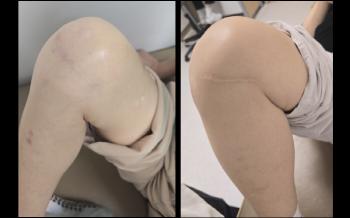Economic losses due to menopausal disabilities worth 11 trillion won per year... Government to respond to key policy challenges
|
According to Japanese local media, including the Yomiuri Shimbun, on the 13th, the Ministry of Health, Labor and Welfare plans to lead the investigation and research support on the mechanisms of men's menopausal disorders.
Earlier, related ministries, including the Ministry of Health, Labor and Welfare, conducted a survey on the actual condition of men's menopause and released statistics showing that 8 to 14 percent of men in their 40s and 50s suffer from menopausal disorders to provide a policy basis. The response to the women's menopause has been mentioned in the Honnebuto policy, but the men's menopause is no longer a personal issue but a national task.
In fact, it has been evaluated that the socioeconomic impact of depression and anxiety caused by menopausal disorders in men is not small.
According to an estimate by Japan's Ministry of Economy, Trade and Industry, absenteeism and reduced work efficiency due to menopausal disorders are causing about 1.2 trillion yen (about 11.4 trillion won) in economic losses per year. Accordingly, some local governments and companies have already started supporting menopausal disorders.
On the other hand, menopausal refers to a phenomenon in which physical and mental changes occur mainly due to a gradual decrease in testosterone after middle age. Unlike women, men have a large individual difference because hormones do not decrease rapidly, but gradually decrease. Testosterone levels are known to decrease by about 1% every year after the age of 30, and 1.6% every year after the age of 40. In addition to aging, chronic diseases such as drinking, smoking, obesity, stress, high blood pressure, diabetes, and taking certain drugs act as risk factors.
This article was translated by Naver AI translator.




